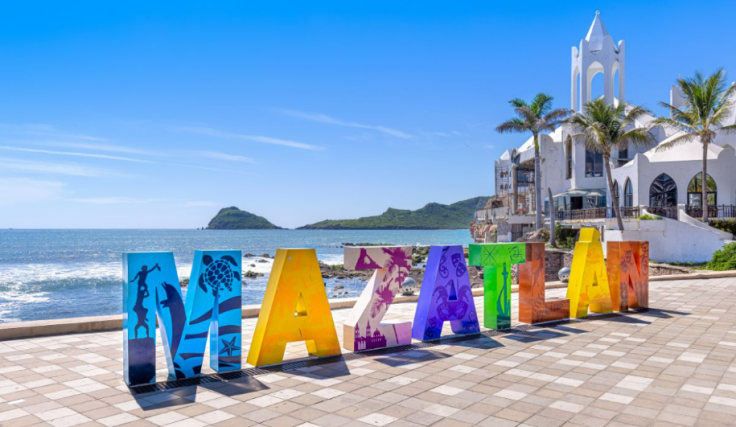
For more than a year, turf wars between two Sinaloa Cartel factions, Los Chapitos and La Mayiza, have turned the state of Sinaloa into one of the most violent regions in Mexico. Since the conflict between the Guzmán family and those loyal to the Zambada clan began in September 2024, Sinaloa has recorded 2,197 homicides and 2,133 kidnappings, according to data collected by Noroeste.
The war, which began in the state capital of Culiacán, has since spread across the state, reaching cities like Mazatlán, a tourist hub on Mexico's Pacific coast that has been among the hardest hit.
Despite being nearly 140 miles south of where the conflict began, Mazatlán has seen a significant rise in homicides and kidnappings compared with last year.
According to an investigation by Animal Político, between January and September 2025, Mazatlán recorded 95 homicides, a 227 percent increase from the same period in 2024. That figure surpasses the total number of killings reported in both 2022 and 2023 combined, which stood at 89.
Disappearances have also surged. Data from the National Registry of Missing Persons, cited by Animal Político, show kidnappings have nearly doubled since the conflict between Los Chapitos and Los Mayos began more than 12 months ago.
From September 2024 through Oct. 20, 2025, Mazatlán reported 553 kidnapping cases, 404 of which remain open. That marks an 83 percent increase over the same period last year, before the Sinaloa Cartel split escalated, when 296 cases were reported.
Of the more than 500 disappearances, over 40 percent involve young people between the ages of 18 and 29, according to Animal Político. The trend suggests forced recruitment may be playing a role, as both rival factions seek to replenish their ranks.
Journalist and security analyst David Saucedo, who visited Mazatlán last year, said it was only a matter of time before the violence spread beyond Culiacán.
"In Culiacán, the two factions coexisted. There was a clear boundary between Chapitos and Mayos territory, which is why most of the fighting happened there," Saucedo told Animal Político. "It was obvious the war would reach Mazatlán. Even though Ismael 'El Mayo' Zambada and his people control Guaymas and other southern Pacific ports, they were bound to move in to cut off Los Chapitos from precursor chemicals and cocaine flowing through the city."
"Mazatlán had been relatively calm because it was under Chapito control," he added. "They handled extortion, managed local authorities and financed political campaigns, just as they do in other strongholds in the mountains."
The wave of violence has taken a heavy toll on Mazatlán's economy, a city long considered one of Mexico's top tourist destinations. According to El Sol de Sinaloa, tourism generates more than 40,000 jobs in the city. But with visitor numbers dropping nearly 25 percent in recent months, many hotels and other businesses have been forced to lay off workers.
© 2025 Latin Times. All rights reserved. Do not reproduce without permission.







